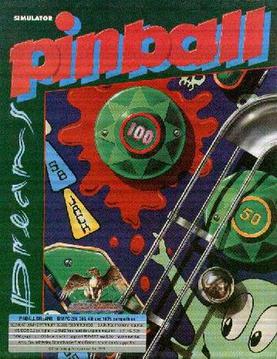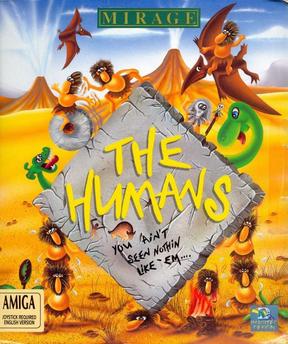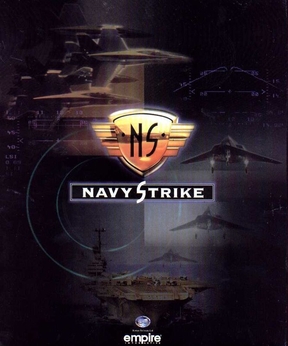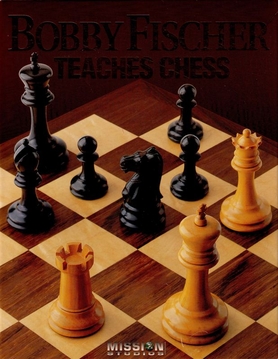
Stars! is a turn-based strategy, science fiction 4X video game, originally developed by Jeff Johnson and Jeff McBride with help from Jeffrey Krauss for personal use, initially released as shareware for Microsoft Windows in 1995. A retail version was later produced for, and published by Empire Interactive, with developer Jason Gaston added to the team for quality assurance testing, although the shareware version continued.

3D Movie Maker is a children's computer program developed by Microsoft Home's Microsoft Kids subsidiary released in 1995. Using the program, users can make films by placing 3D characters and props into pre-rendered environments, as well as adding actions, sound effects, music, text, speech and special effects. Movies are then saved in the .3mm file format.

Pinball Fantasies is a 1992 pinball video game originally developed by Digital Illusions and published by 21st Century Entertainment in Europe for the Amiga home computers. It is the sequel to Pinball Dreams, which was released earlier in the same year on multiple platforms. In the game, players can choose between any of the four available playfields, both of which have their own thematic and main objectives in order to obtain the highest score possible.

Pinball Dreams is a pinball simulation video game developed by Digital Illusions and originally released for the Amiga in 1992. It spawned several sequels, including Pinball Fantasies and Pinball Illusions. The MS-DOS port was digitally released by Rebellion Developments along with its sequel and Pinball Mania on February 22, 2011 on GOG.com with support for Microsoft Windows. It received an OS X build on April 23, 2013; and a Linux build on August 19, 2014.

The Humans is a puzzle-platform video game developed by Imagitec Design in Dewsbury, England and originally published by Mirage Technologies for the Amiga in May 1992. It was later ported to other home computers and consoles. The goal of the game varies per level but usually revolves around bringing at least one of the player-controlled humans to the designated end area marked by a colored tile. Doing this requires players taking advantage of the tribe's ability to build a human ladder and use tools such as spears, torches, wheels, ropes and a witch doctor in later levels.
Chessmaster was a chess-playing video game series, which is owned and developed by Ubisoft. It is the best-selling chess franchise in history, with more than five million units sold as of 2002.
Actua Sports is a sports video game series published by Gremlin Interactive which competed with Electronic Arts EA Sports label during the second half of the 1990s, until Gremlin was acquired by Infogrames. The term "Actua" is a play on Sega's line of "Virtua" titled games, which included Virtua Fighter, Virtua Racing and Virtua Striker.

Virtual Chess 64 is a chess simulation game for the Nintendo 64. It was released in 1998. It is the third and final game in the Virtual Chess series. The game features no true "completion" in the form of a goal or a score, so one could theoretically play an endless number of matches. When a piece is captured, a short animated cutscene plays back depicting the battle, as in 1988's Battle Chess.

Bomberman is an action-maze video game originally developed and published by Hudson Soft for the PC Engine in Japan on 7 December 1990 and later in North America for the TurboGrafx-16 by NEC in 1991. Belonging to the Bomberman franchise, it is a re-imagining of the first game in the series starring White Bomberman on a quest to rescue Lisa, the kidnapped daughter of his inventor Dr. Mitsumori, from the castle of Black Bomberman while defeating evil monsters and villains that work for him. The game was later ported to home computers, each one featuring changes compared to the original version. Conversions for other platforms were in development but never released. The title garnered positive reception from critics since its initial release on the PC Engine/TurboGrafx-16 and later on home computers.

Chessmaster 6000 is a 1998 chess video game developed and published by Mindscape for the Windows. It is part of the Chessmaster series. The Classic Mac OS port was published by Mattel Interactive in 2000.

Chessmaster 5000 is a 1996 chess video game developed and published by Mindscape for the Windows. It is part of the Chessmaster series. An upgraded version, Chessmaster 5500, was released in 1997. An online game, Chessmaster Live, was included with 5500. The chess engine was designed by Tasc ChessSystem.
The 1990s was the third decade in the industry's history. It was a decade of marked innovation in video gaming. It was a decade of transition from sprite-based graphics to full-fledged 3D graphics and it gave rise to several genres of video games including, but not limited to, the first-person shooter, real-time strategy, survival horror, and MMO. Arcade games, although still relatively popular in the early 1990s, began to decline as home consoles became more common. The fourth and fifth generation of video game consoles went on sale, including the Super Nintendo, Sega Saturn, PlayStation, Nintendo 64, and Game Boy Color. Notable games released in the 1990s included Sonic the Hedgehog, Doom, Wolfenstein 3D, Quake, Duke Nukem 3D, GoldenEye 007, Unreal Tournament, Half-Life, Grand Theft Auto, Super Mario 64, Pokémon Red and Blue, Daytona USA, Ridge Racer, Gran Turismo, Castlevania: Symphony of the Night, Super Metroid, The Legend of Zelda: Ocarina of Time, Metal Gear Solid, Virtua Fighter, Final Fantasy VII, Sega Rally Championship, Nights into Dreams, Panzer Dragoon, Gunstar Heroes, Battletoads, Micro Machines, Donkey Kong Country, Wipeout, Lemmings, Banjo-Kazooie, PaRappa the Rapper, Tony Hawk's Pro Skater, Soulcalibur, and Dance Dance Revolution.

Grandmaster Chess is a 1992 chess video game for DOS and Macintosh developed by IntraCorp and its subsidiary Capstone that was focused on neural network technology and an artificial intelligence (AI) able to learn from mistakes.

The Chessmaster 4000 Turbo is a 1993 chess video game developed and published by The Software Toolworks. It is part of the Chessmaster series. An enhanced CD-ROM version was released in 1994.

Ishar 2: Messengers of Doom is a 1993 role-playing video game developed and published by Silmarils for the Amiga, Atari ST, MS-DOS, Atari Falcon, and Macintosh home computers. It is the second entry in the Ishar trilogy.

Robinson's Requiem is a 1994 survival simulation video game developed and originally published by Silmarils exclusively in Europe for the Atari ST, Atari Falcon and Amiga. Taking place in the 22nd century where Earth and colonized planets are facing overpopulation, the game sees players assuming the role of Robinson officer Trepliev 1 from the Alien World Exploration department in his attempt to escape imprisonment from the fictional planet of Zarathustra alongside another AWE Robinson named Nina1, while facing several hostile creatures and dangers in order to survive.

Skull Caps is a 1998 real-time strategy video game developed by Creative Edge Software and published by Ubi Soft for Microsoft Windows. It is a follow-up to Baldies (1995). In the game, the player manages a community of Skullies in order to build structures, increase their population, and create weapons to fight against enemies known as Hairies. There are four classes of Skullies and each structure has specific properties to assist the player. Its gameplay combines strategy with simulation and god game elements. Up to four players can participate in a multiplayer mode via local area network (LAN).

Navy Strike is a 1995 combat flight simulation video game developed by Rowan Software and published by Empire Interactive for the MS-DOS.

Bobby Fischer Teaches Chess is a 1994 chess video game developed by Bookup, Inc. and published by Mission Studios for the MS-DOS.
















